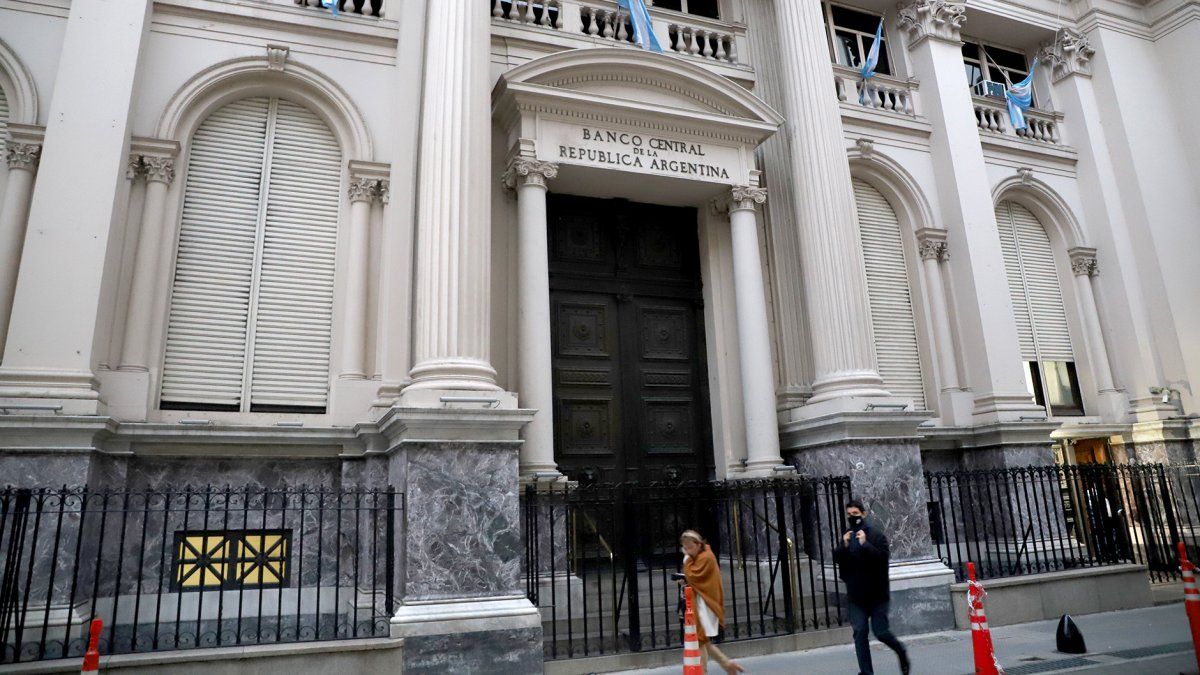Suffice it to say that this is almost equivalent to the liquidation of foreign currency from the soybean dollar program, which reported US$8,565 million. Official data show that the September result for services is mainly explained by net expenses for “Trips, tickets and other card payments” and “Freight and Insurance” for US$726 million and US$550 million, respectively. These net outflows were partially offset by net income from “Business, professional and technical services” and “Other services” of US$160 million and US$41 million, respectively.
In this regard, it should be remembered that the money orders made abroad to pay balances with international card issuing companies registered in this account include both consumption made for trips abroad and non-face-to-face purchases from service providers. abroad (reciprocally, non-face-to-face purchases made by non-residents with the use of cards from suppliers in our country are also included in income).
Record
To get an idea of the accumulated deficit in the first nine months of 2022, in the same period last year it had reached US$2,506 million, driven mainly by the growth in gross outlays for “Travel, tickets and other payments by card” and, to a lesser extent, “Freight and insurance”, in a context of higher prices for international transport of goods. But even, in absolute terms, this year’s Services deficit is the largest in the last ten years, exceeding the maximum of Federico Sturzenegger’s management in 2017 when it was almost US$8 billion.
When it comes to observing the main protagonists of red in services, without a doubt, tourism and card expenses, and freight dominate the scene. However, the most notorious, or curious, case, beyond the increase in international transport prices due to the pandemic and the war in Ukraine, is that of freight. The accumulated balance in the year of the freight item is a deficit of more than US$3,141 million, when in the midst of the coronavirus pandemic in 2020 it was US$1,052 million and in the same period last year it was US$1 .983 million. It is unavoidable that some mischief or distraction exists because import shipments did not explode to justify such an imbalance. Travel and other card payments and passenger transportation are also channels through which foreign currency is drained. The deficit of Travel and cards rose to US$4,317 million in 2022, very similar to the level of 2018 (Russia World Cup) although not the highest of the last decade. In other words, the “Qatar dollar” is already arriving a little late. While the red of Passenger Transport flew to US$1,038 million, while that of insurance remains at about US$440 million.
Source: Ambito
David William is a talented author who has made a name for himself in the world of writing. He is a professional author who writes on a wide range of topics, from general interest to opinion news. David is currently working as a writer at 24 hours worlds where he brings his unique perspective and in-depth research to his articles, making them both informative and engaging.




